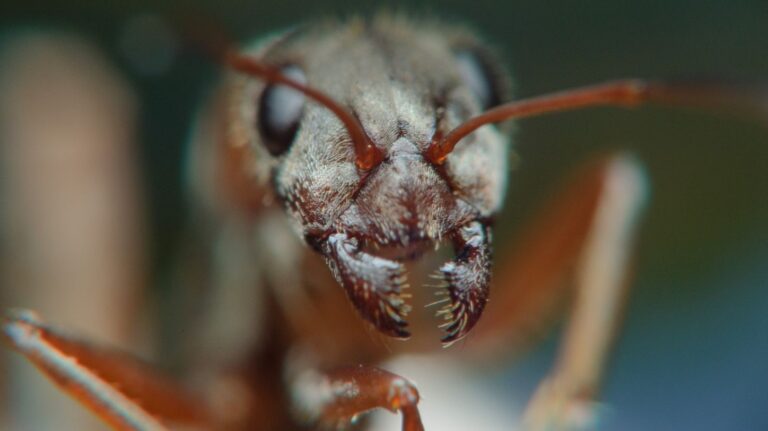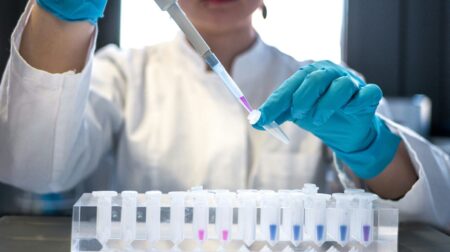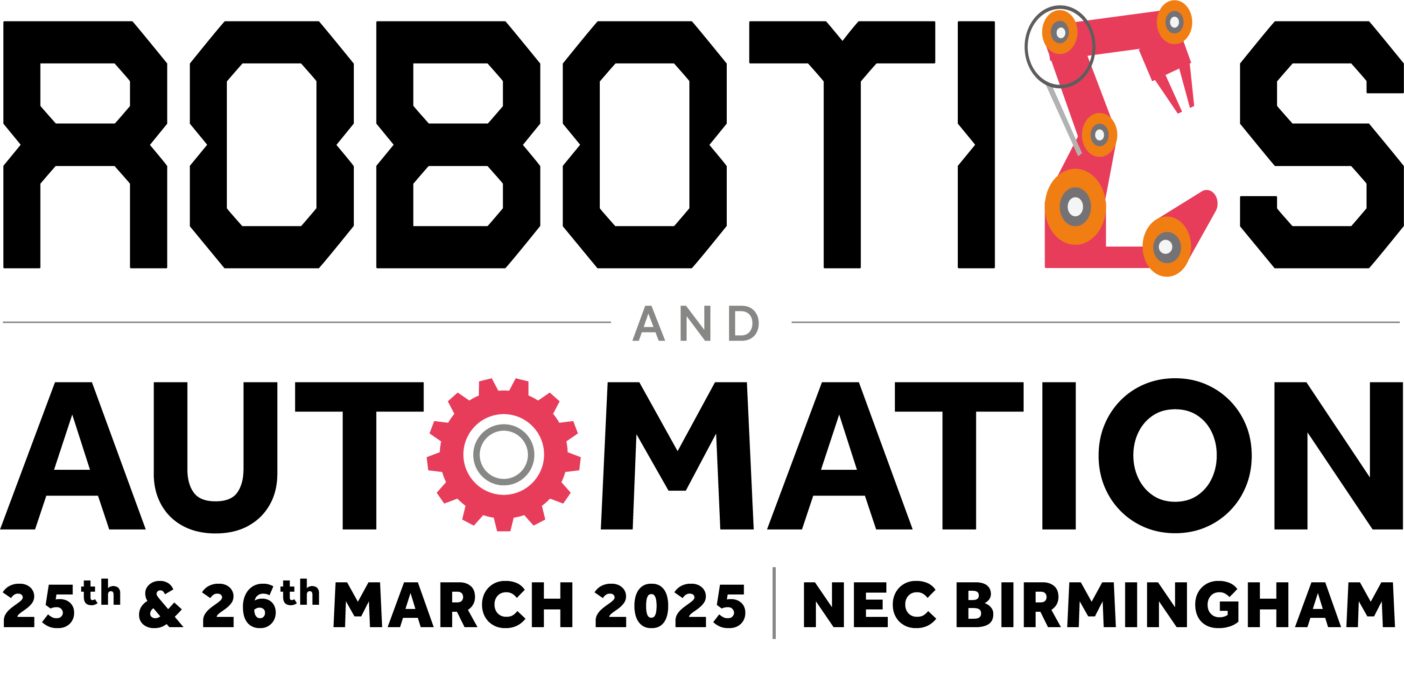A new type of robotic gripper, designed to mimic the mechanics of ants’ jaws, has been developed, offering promising results for improving robotic handling systems across various sectors.
This innovative “hairy robotic gripper” is capable of picking up and moving objects with enhanced precision.
Developed by the University of Edinburgh, in collaboration with the Scottish Environment Protection Agency, Ocado Group, and Amazon Research, the gripper has reportedly shown significant promise in early testing.
READ MORE: DB Cargo and Bosch develop fully automated shunting locomotive for series production
The research has been funded by the Engineering and Physical Sciences Research Council (EPSRC). The gripper’s potential applications span a wide range of industries, including environmental clean-up, retail operations, construction, agriculture, home applications, and more.
The design is based on the surprising strength and efficiency of ants, which use the tiny hairs on their jaws not only to sense objects but also to stabilise their grasp. This insight has led to the development of the new gripper, which incorporates synthetic “hairs” to improve the grasping mechanism.
In tests with 30 household objects, including a cup and a pasta sauce jar, the gripper’s success rate increased from 64% to 90% after the addition of these hairs. The gripper features an aluminium two-jawed parallel plate with four rows of thermoplastic polyurethane hairs, each 20mm long and 1mm in diameter. These hairs are arranged in a V-shape, allowing the gripper to handle circular objects, which are often challenging for traditional robotic systems to grasp.
Unlike previous robotic systems, which often mimic human hands and rely on complex, costly technologies like deep learning, this gripper is designed to be simpler and more cost-effective.
Past systems have faced challenges due to their complexity and reliance on vast amounts of data. In contrast, the new gripper’s design is straightforward yet effective, offering a more accessible solution to robotic handling.
The gripper could offer substantial improvements in productivity and efficiency across various sectors, including retail and environmental services. After further testing to ensure its robustness, the gripper is expected to be deployable immediately. A key goal is to enable it to pick up unfamiliar objects in cluttered environments, particularly in environmental clean-up operations.
The new gripper could soon be incorporated into autonomous mobile robotic systems, which would be able to perform tasks without relying on cloud communication. With its versatility and ease of deployment, this technology represents a significant step forward in the field of robotics, with the potential to impact a wide range of industries and applications.
Professor Barbara Webb of the University of Edinburgh, who has led the research, said: “Inspired by the strength and delicacy with which ants move things, our prototype is just the first step. Having filmed ants in high resolution, we’ve recreated in 3D the precise sequence of actions as they pick up seeds and other objects. This has been little studied in the past.
“Now we can see how their antennae, front legs and jaws combine to sense, manipulate, grasp and move objects. For instance, we’ve discovered how much ants rely on their front legs to get objects in position. This will inform further development of our technology.”
Achievements and innovations in retail and e-commerce, healthcare and pharmaceuticals, food and beverage, automotive, transport & logistics, and more will be celebrated at the Robotics & Automation Awards on 29 October 2025 at De Vere Grand Connaught Rooms in London. Visit www.roboticsandautomationawards.co.uk to learn more about this unmissable event for the UK’s robotics and automation sectors!








